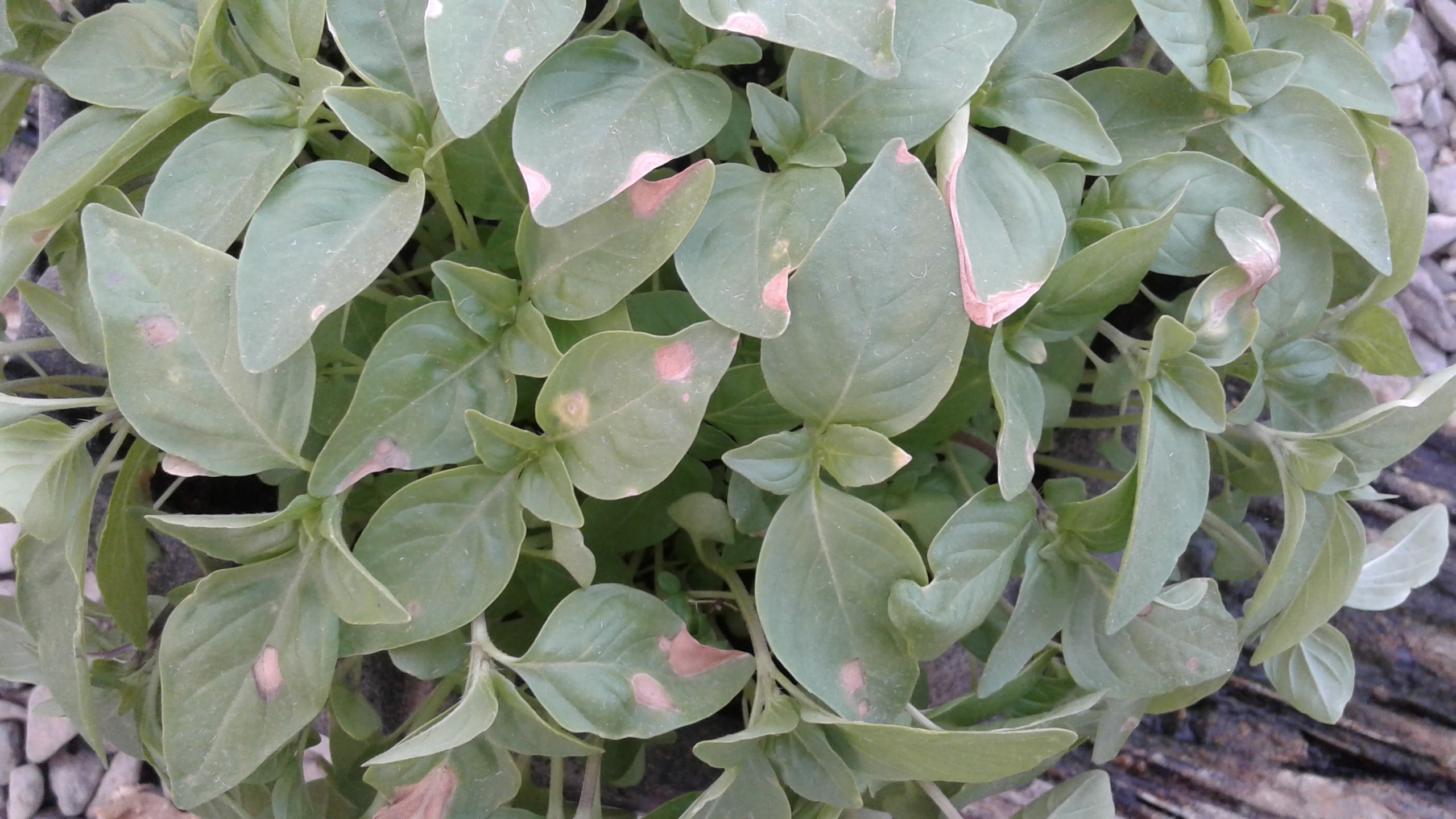

At this time, they begin to stunt and begin to wilt. Rot is usually caused by a water-borne disease that comes from bad irrigation or soil that can’t drain well. One basil disease found in the field this season is Fusarium wilt, caused by the fungus Fusarium oxysporum. People usually talk about basil downy mildew when discussing basil problems, but other diseases also need to be addressed. Check the soil and reconsider how you water your basil if it is wilting or drooping. Even though basil plants thrive in extreme heat, they require moist soil. Why is my Basil Plant Wilting? The Most Common Reasons The issue in the soilĪ basil plant may wilt when its soil is too wet or too dry. Hence, it becomes paramount to treat basil wilt to save the plant and ensure plenty of healthy foliage for later harvest. The wilted basil can eventually kill the plant if not cared for well. The annual herb is resistant to most diseases and pests but can be affected by Fusarium wilt, a fungal infection that causes stunted growth and limp, wilted, or yellow leaves. This leaf is a sun-loving herb that is valued for its bright green foliage and different flavor.Įven though basil is an easy-going plant, it can develop droopy or wilted leaves that can reduce the plant’s life. Sweet Basil or Basil leaf belongs to an annual mint family herb grown for its aromatic properties. But before that, let’s start with the basics. There are several reasons why your basil leaves may be drooping.
#BASIL LEAVES DROPPY HOW TO#
Why Is My Basil Wilting And How to Prevent It?īasil wilting is a common concern with this herb.


 0 kommentar(er)
0 kommentar(er)
